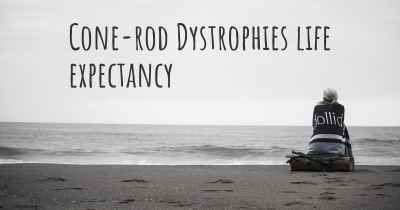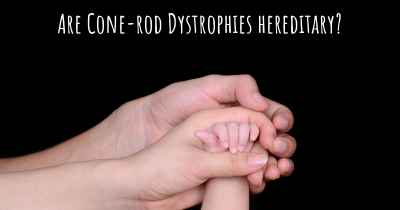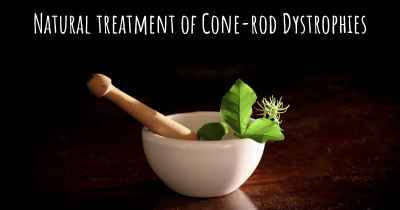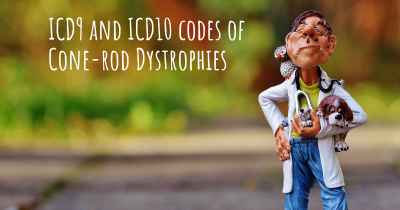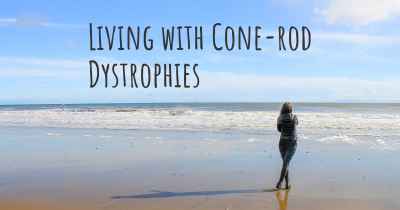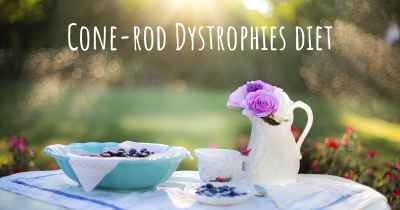Is it easy to find a partner and/or maintain relationship when you have Cone-rod Dystrophies?
People with experience in Cone-rod Dystrophies give their opinion on whether it is easy or not to have a partner or to maintain a realationship when you are diagnosed of Cone-rod Dystrophies. What are the possible difficulties in having a relationship?
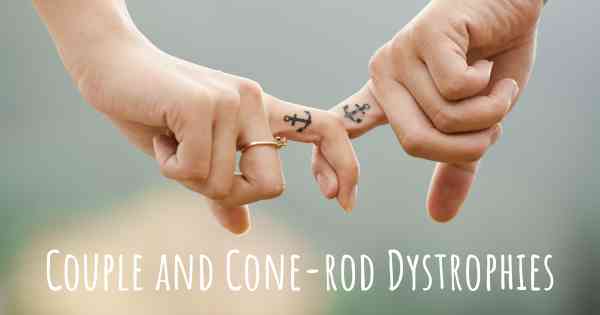
Is it easy to find a partner and/or maintain a relationship when you have Cone-rod Dystrophies?
Living with Cone-rod Dystrophies (CRDs) can present unique challenges when it comes to finding and maintaining a romantic relationship. CRDs are a group of inherited eye disorders that primarily affect the retina, leading to vision loss and potential blindness. While the condition may pose certain obstacles, it does not necessarily mean that finding a partner or maintaining a relationship is impossible.
Challenges and Considerations
1. Communication: One of the key challenges individuals with CRDs may face is effectively communicating their condition and its impact on their daily life. It is important to be open and honest about your vision loss, allowing potential partners to understand your needs and limitations.
2. Understanding: Finding a partner who is understanding and empathetic towards your condition is crucial. They should be willing to learn about CRDs, its progression, and the adjustments you may need to make in various aspects of life. Patience and support are essential qualities in a partner.
3. Accessibility: CRDs can affect mobility and independence, making it important to consider accessibility when planning dates or outings. Discussing accessibility needs with your partner and finding inclusive activities can help ensure a smooth and enjoyable experience for both of you.
4. Emotional Support: Vision loss can be emotionally challenging, and having a partner who can provide emotional support is invaluable. They should be willing to listen, offer encouragement, and help you navigate the emotional aspects of living with CRDs.
Finding a Partner
While finding a partner may require some additional effort, it is certainly possible. Here are a few strategies that can increase your chances:
1. Support Groups and Communities: Engaging with support groups or communities specifically tailored for individuals with visual impairments can provide an opportunity to meet like-minded individuals who understand the challenges you face. These communities often organize social events and activities, creating a conducive environment for building connections.
2. Online Dating: Utilizing online dating platforms can be an effective way to connect with potential partners. Be open about your condition in your profile, allowing others to understand your situation from the start. This can help attract individuals who are accepting and interested in getting to know you for who you are.
3. Pursue Shared Interests: Engaging in activities and hobbies that you enjoy can lead to meeting people with similar interests. Whether it's joining a book club, participating in sports, or attending art classes, pursuing your passions can increase the likelihood of meeting someone compatible.
Maintaining a Relationship
Once you have found a partner, maintaining a healthy and fulfilling relationship requires effort from both parties. Here are some tips:
1. Open Communication: Continuously communicate with your partner about your needs, challenges, and any adjustments that may be necessary. Encourage them to share their thoughts and concerns as well, fostering a strong foundation of understanding and trust.
2. Adaptation and Flexibility: As CRDs may lead to changes in your vision over time, it is important to adapt and find new ways to navigate daily life together. This may involve exploring assistive technologies, modifying routines, or seeking professional guidance. Being flexible and open to change can help strengthen your bond.
3. Quality Time: Make an effort to spend quality time together, engaging in activities that you both enjoy. This can help create shared experiences and deepen your connection. Remember, it's not always about what you do, but the time and attention you give to each other.
4. Seek Professional Support: If needed, consider seeking professional support from therapists or counselors who specialize in working with couples facing unique challenges. They can provide guidance, tools, and strategies to navigate any difficulties that may arise.
While Cone-rod Dystrophies may present certain obstacles, they do not define your ability to find love and maintain a fulfilling relationship. With open communication, understanding, and a supportive partner, it is absolutely possible to build a strong and loving relationship despite the challenges posed by CRDs.
